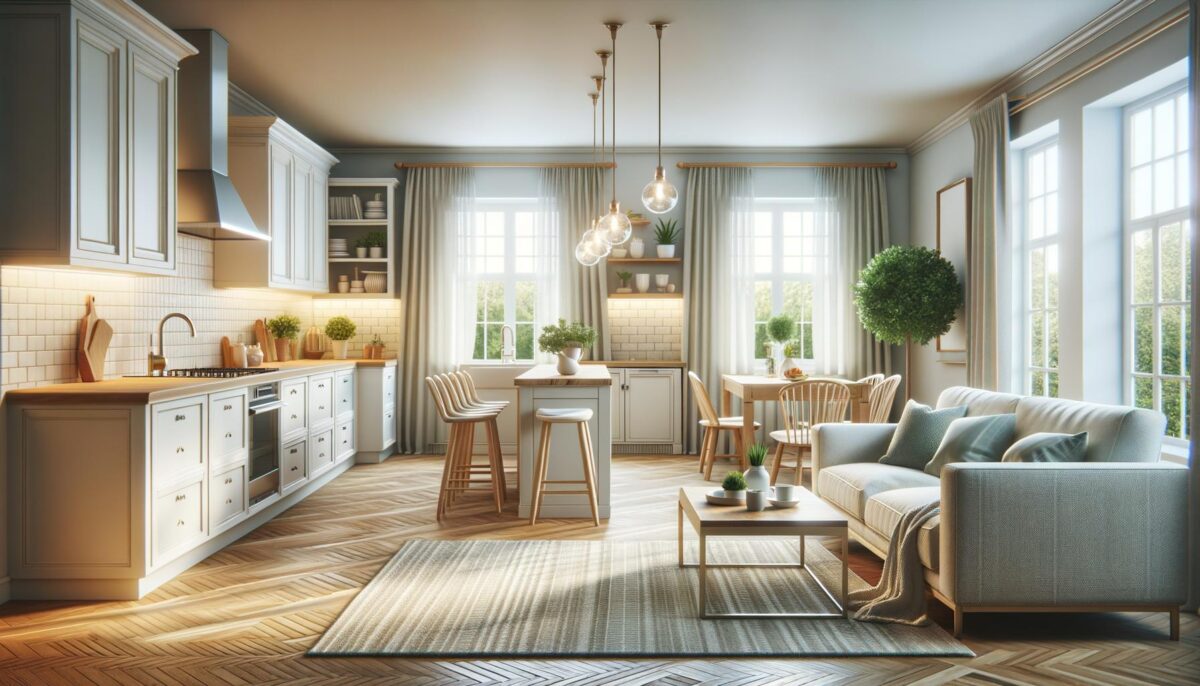Planning Your Home Remodeling Project
Embarking on a home remodeling project requires careful planning and clear vision. Without a structured plan, projects can quickly go off track in terms of budget and timeline. Start by identifying the primary goals of your renovation. Do you seek to create more space, enhance energy efficiency, or modernize outdated elements? Once your goals are established, draft a budget that accommodates both materials and labor. Consider seeking professional advice from architects or designers to refine your vision. A well-detailed plan helps in obtaining accurate quotes and ensures a smoother progression from start to finish.
Choosing the Right Materials
The materials you select for your home remodeling project can significantly impact the outcome and longevity of the renovation. Opt for high-quality and sustainable materials that not only enhance the appearance of your home but also contribute to long-term value. For instance, bamboo and cork are popular for flooring due to their environmental benefits and aesthetic appeal. When selecting countertops, consider options like quartz or recycled glass that combine durability with style. Always balance cost with quality to avoid expenses that may not provide proportional return on investment.
Working with Professionals
Collaborating with experienced professionals can make a world of difference in your home remodeling journey. Professionals bring expertise, resources, and innovative ideas that can elevate your project beyond basic upgrades. When hiring contractors, ensure they are licensed and have a robust portfolio of past projects. It’s beneficial to read reviews and perhaps even speak to previous clients to gauge satisfaction levels. Communicate openly with your hired professionals, fostering a relationship where ideas and concerns are freely exchanged. This collaboration can result in a remodeling experience that is efficient and satisfactory.
Focusing on Functional Design
While aesthetics are an important aspect of home remodeling, functionality should never take a back seat. Design choices should reflect not just your personal style but also suitability for your daily lifestyle. Open floor plans, for example, are popular for creating the illusion of more space and promoting family interaction. Consider storage solutions like built-in shelves or multifunctional furniture that reduce clutter and enhance practicality. An organized, functional space can lead to increased happiness and productivity in your home.
Final Touches and Decor
The final stage of home remodeling focuses on the details that make a house feel like a home. Selecting suitable decor items, color palettes, and lighting can dramatically influence the ambience of your space. Use decor to express personality, opting for pieces that foster comfort and inspiration. Consider a cohesive color scheme that ties different areas of your home together, creating a unified aesthetic. Lighting is equally crucial, offering both functionality and mood enhancement. Opt for a mix of natural lighting and strategically placed artificial lighting to maximize impact.
Conclusion
Home remodeling is an exciting opportunity to breathe new life into your living space, making it both beautiful and functional. By carefully planning, selecting the right materials, working with professionals, emphasizing functional design, and adding personal touches, you can transform your home to better suit your needs. Remember, a successful remodel not only enhances your property’s value but also enriches your day-to-day living experience.
